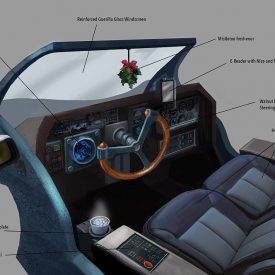Adept Multi-tasker, or Serial Processor: Which One are You?
This is the Seventh in a series of posts that will provide, throughout the year, an improvement strategy that will cover the entire family of 9 Automation Airmanship® principles. Sixty-Nine Million. That’s the number of results that the search engine on my computer generated when I typed in the term “monitoring accidents” just a few …








